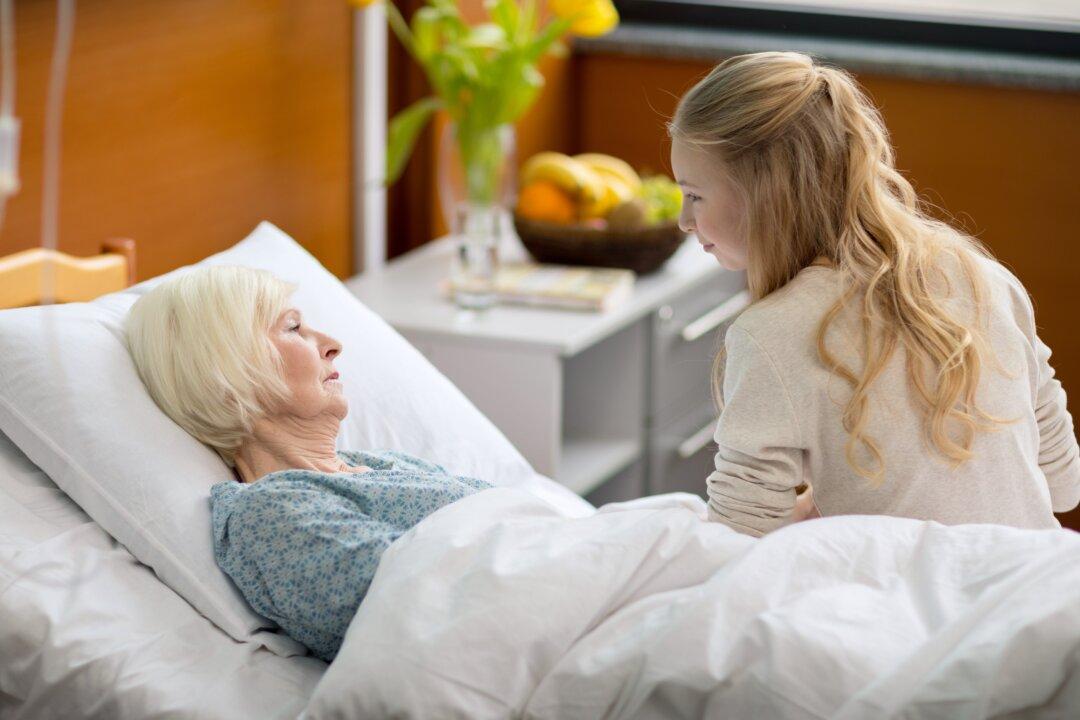One of the most devastating elements of the pandemic has been the inability to personally care for loved ones who have fallen ill.
Again and again, grieving relatives have testified to how much more devastating their loved one’s death was because they were unable to hold their family member’s hand—to provide a familiar and comforting presence in their final days and hours.

